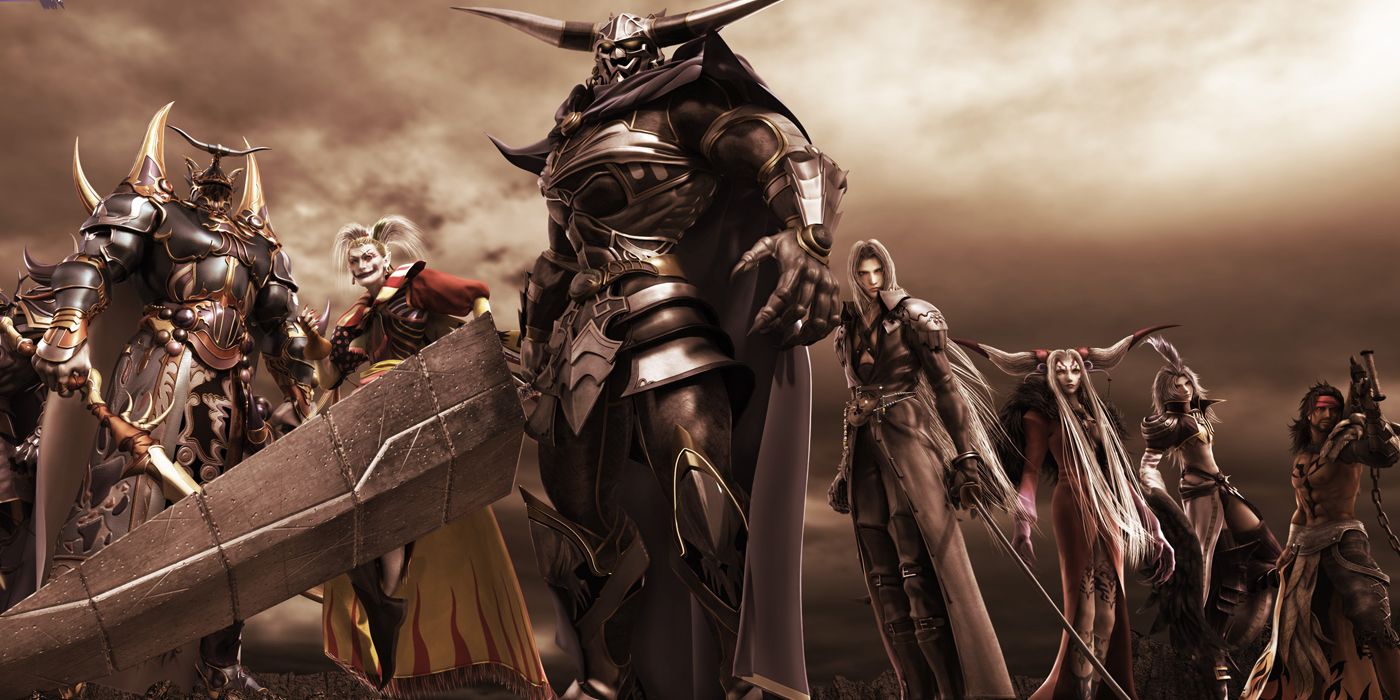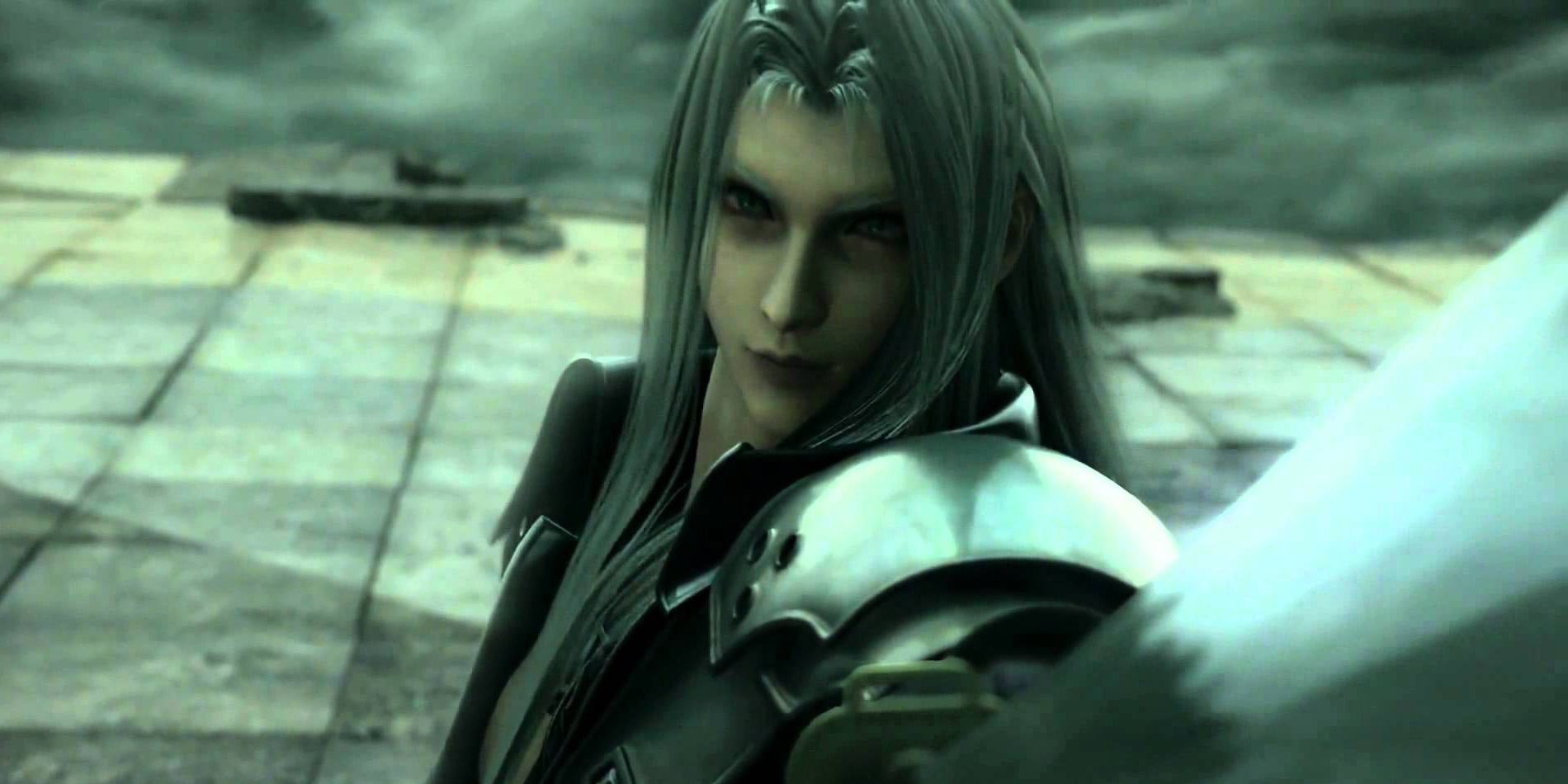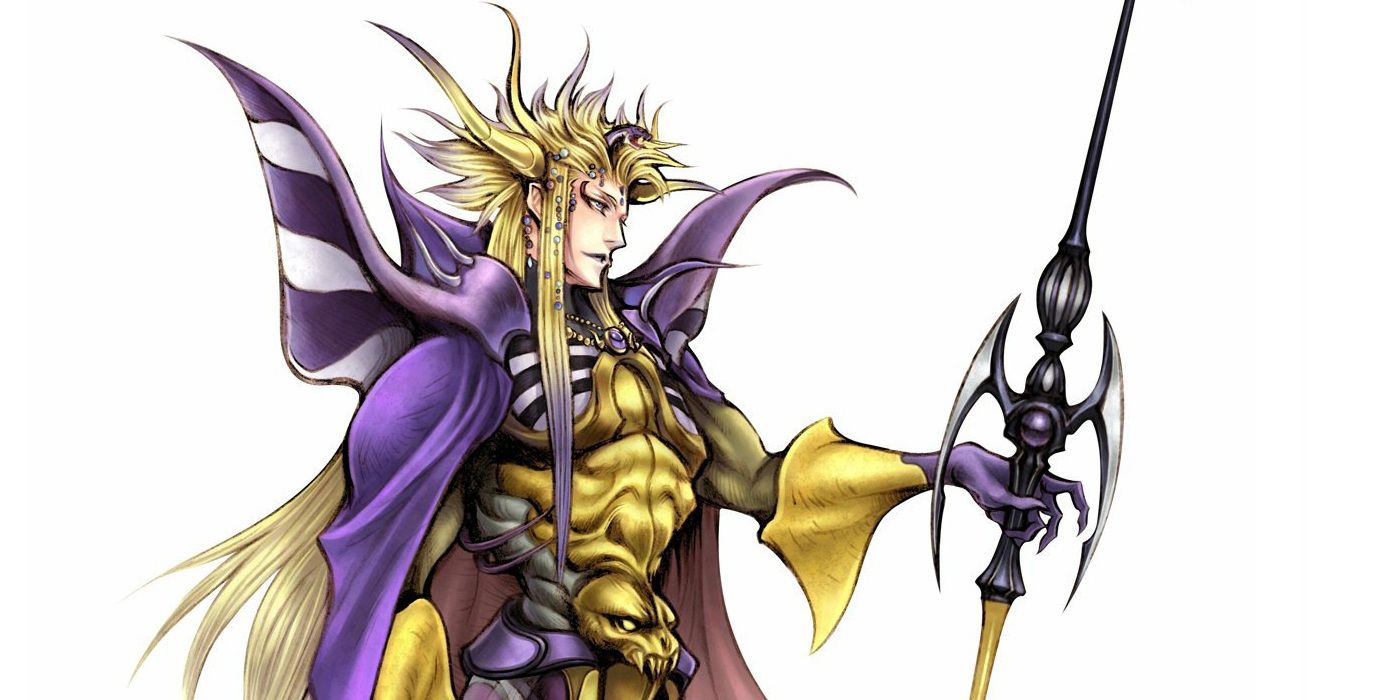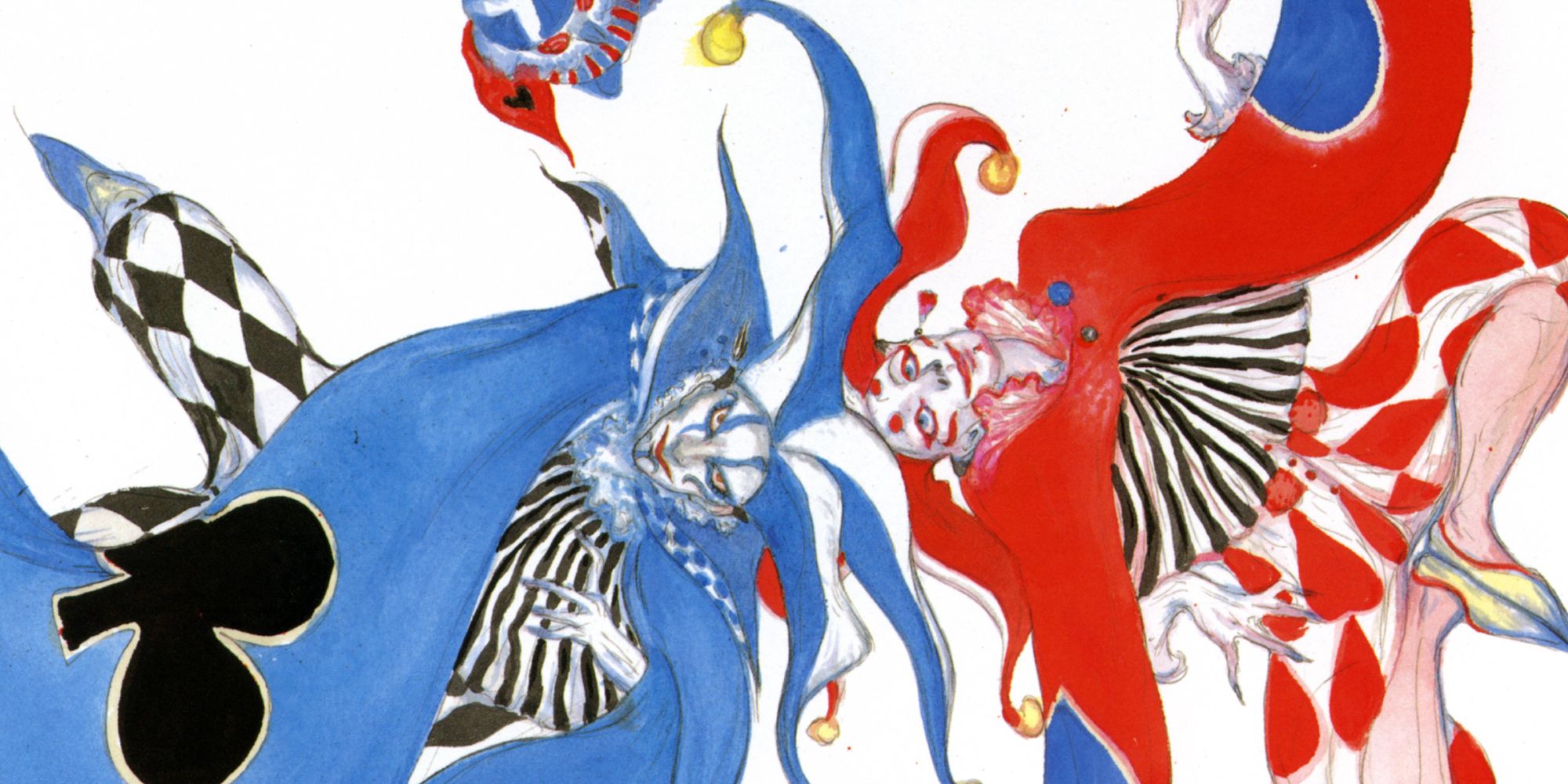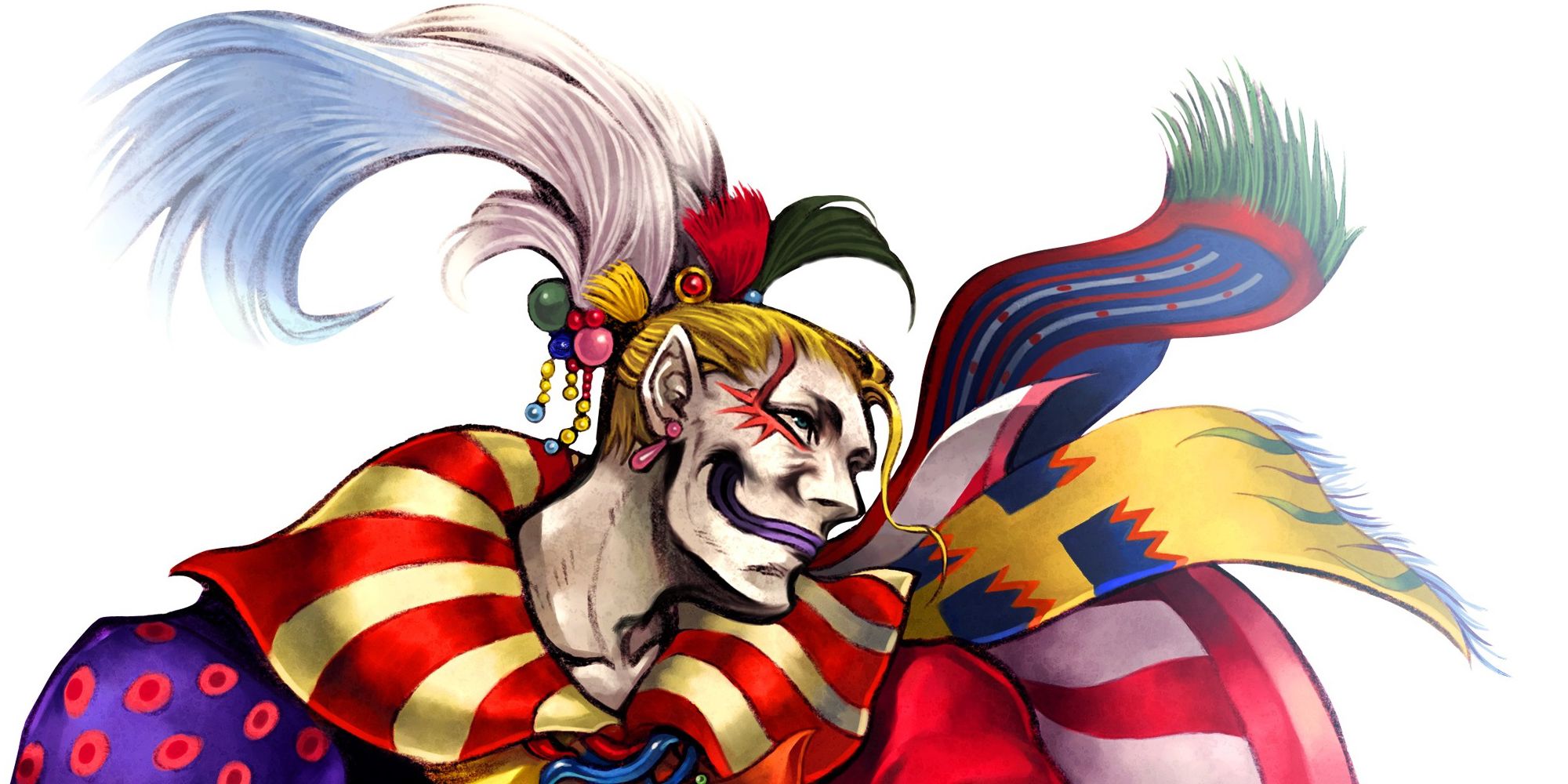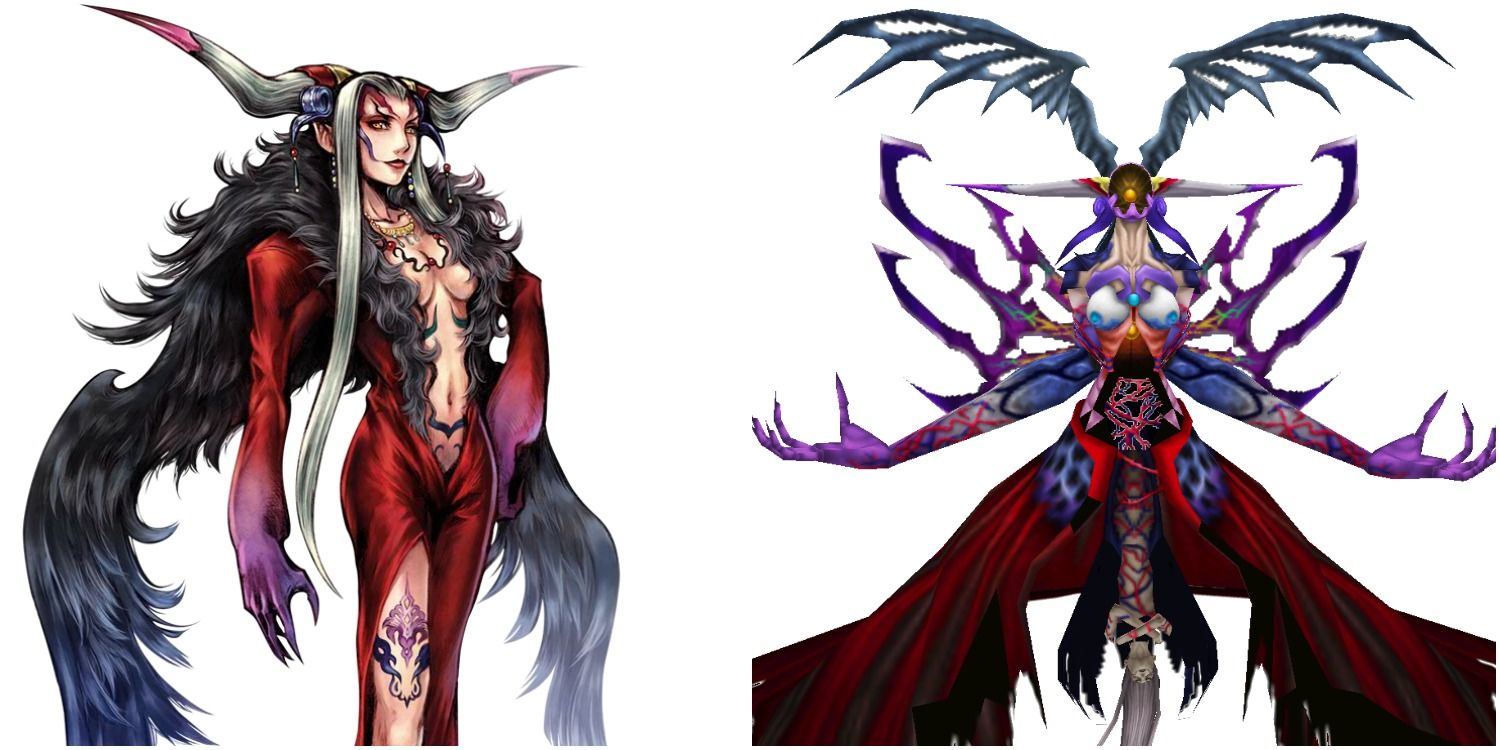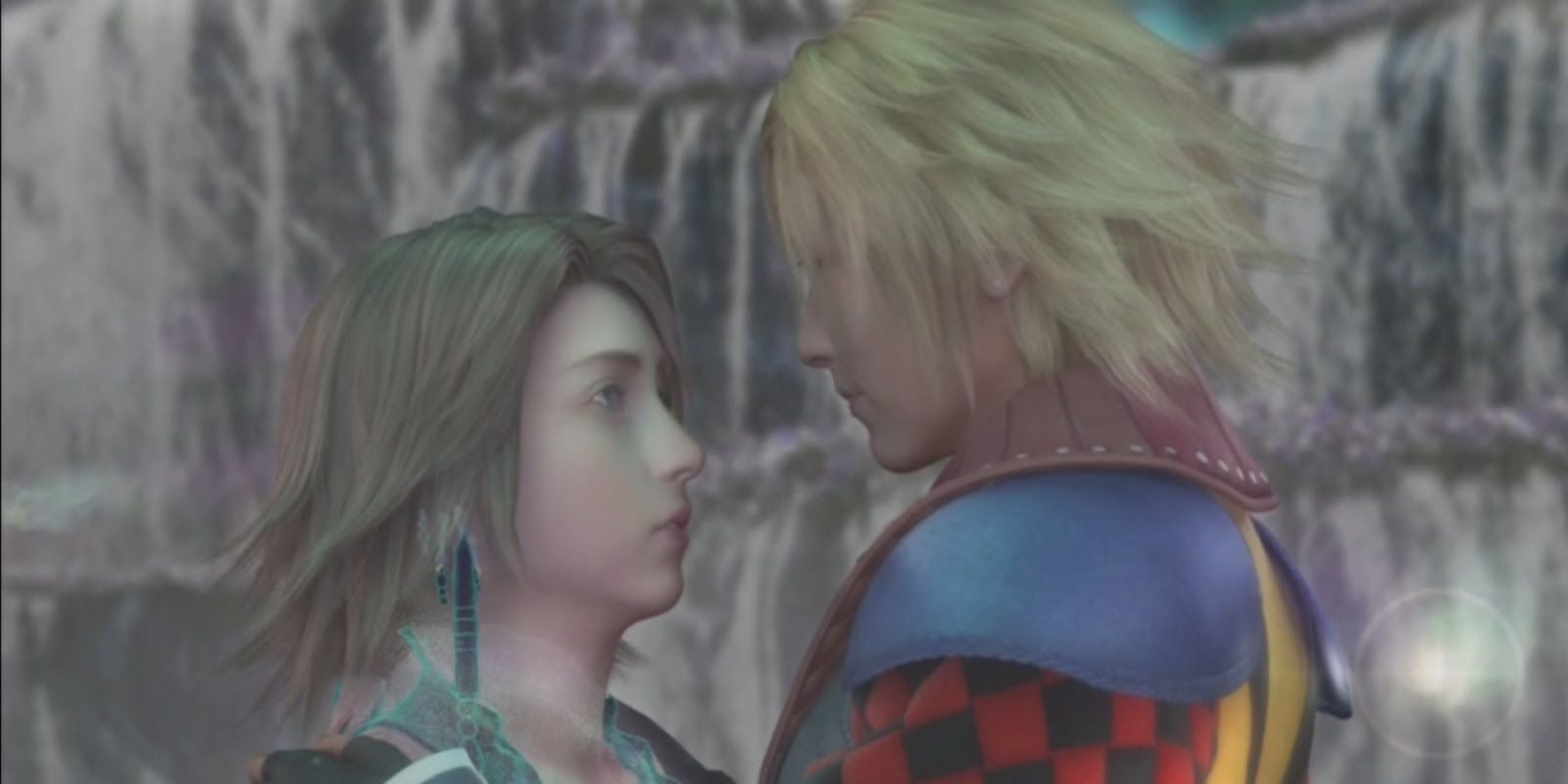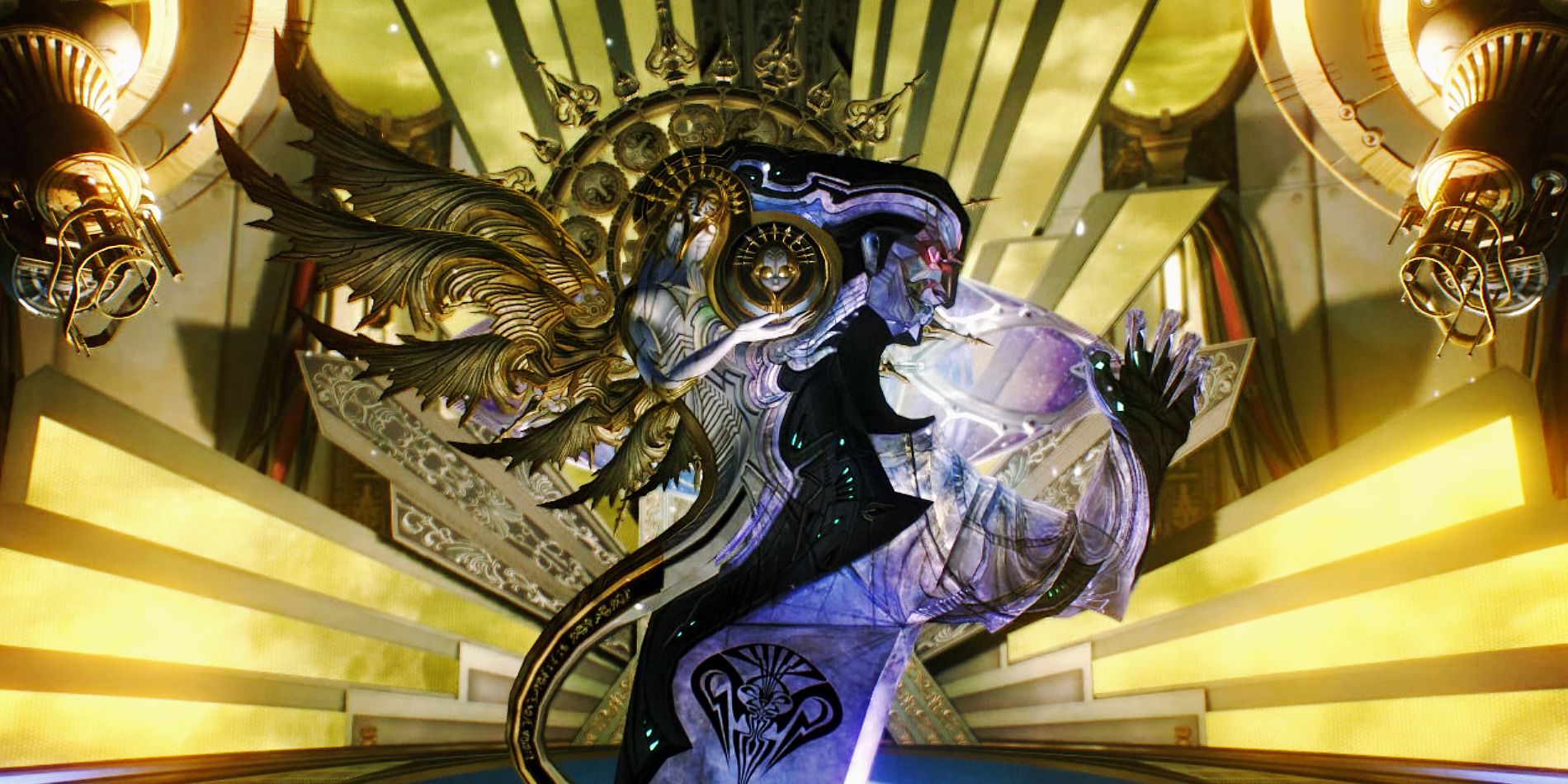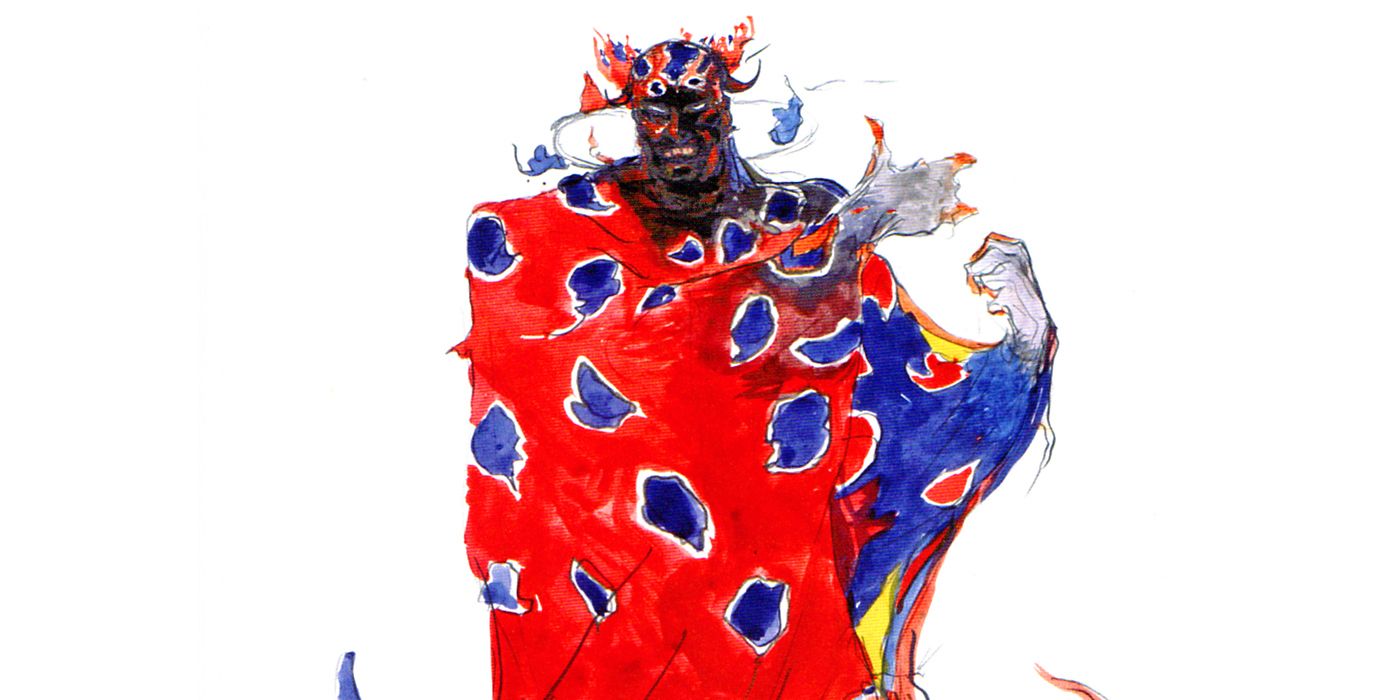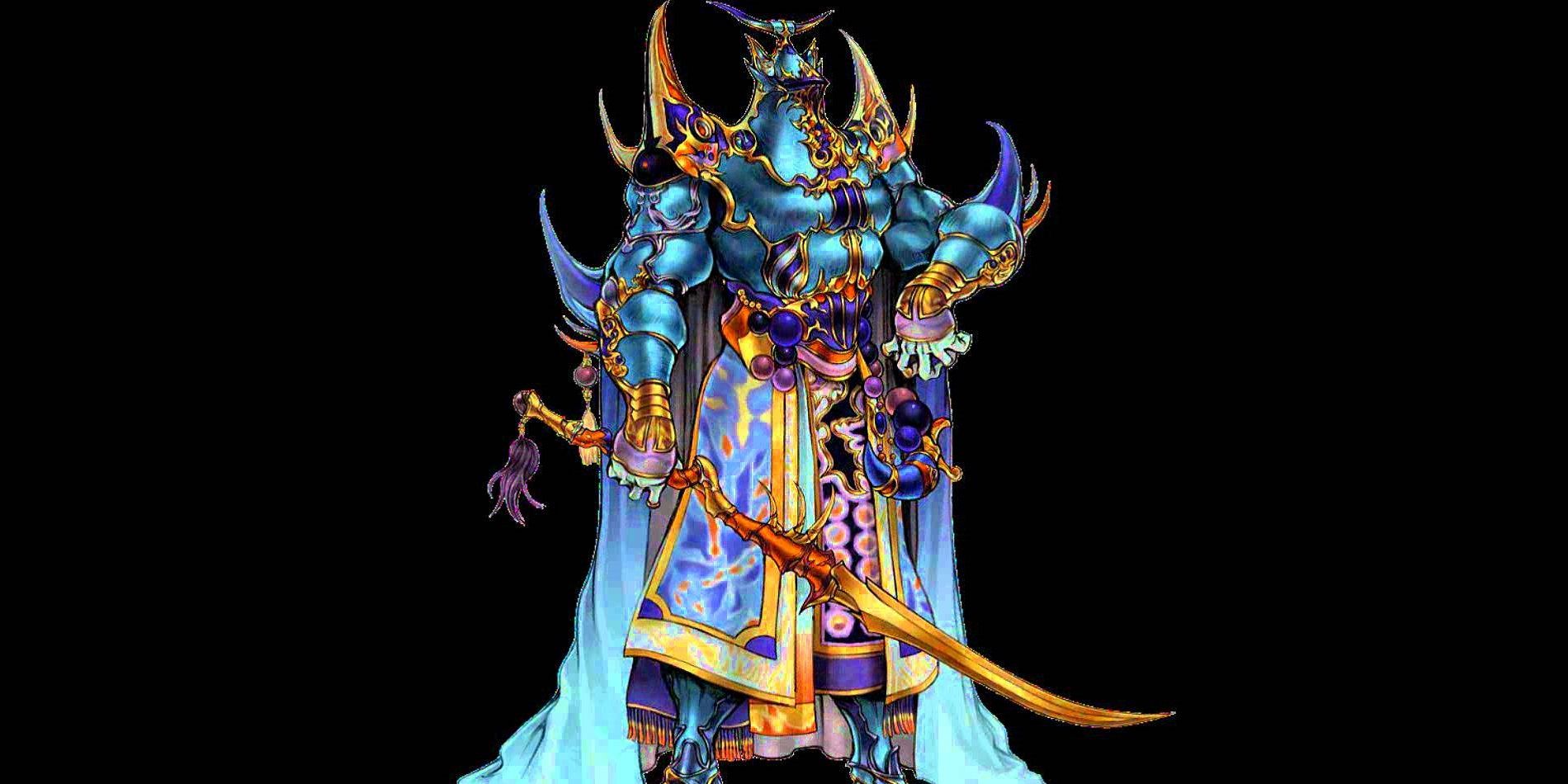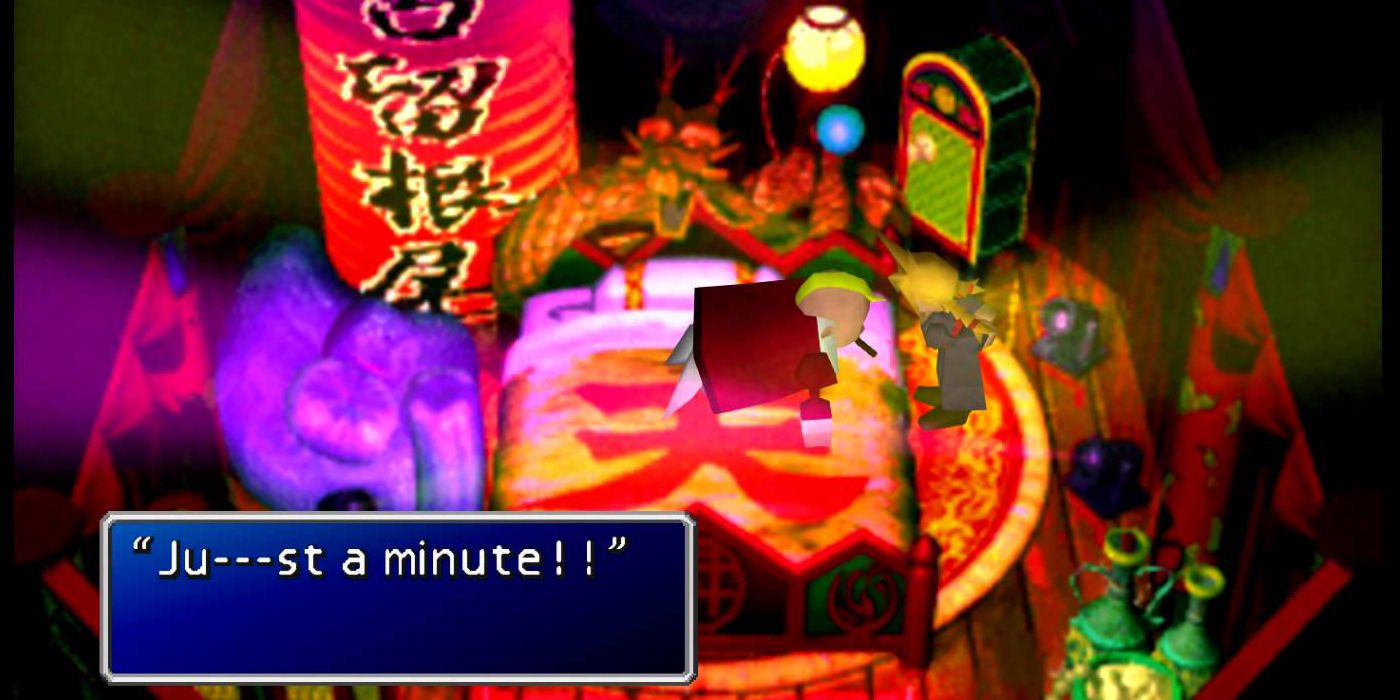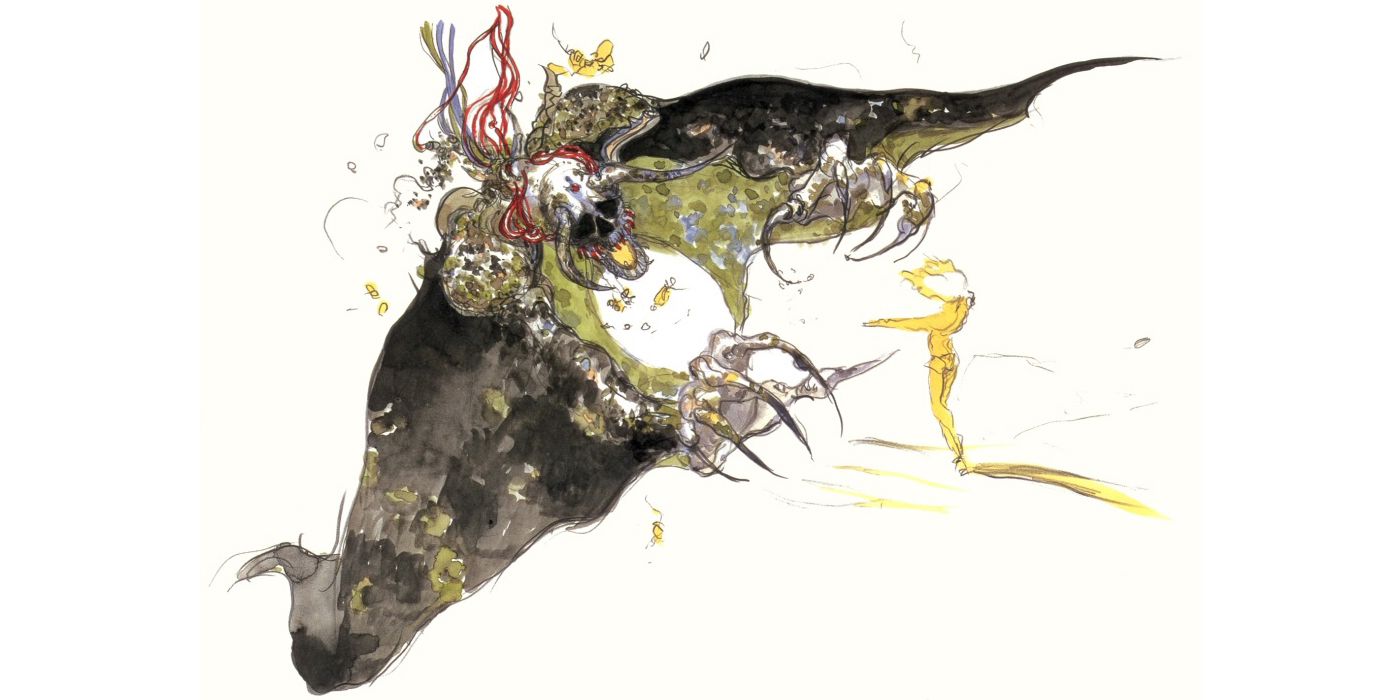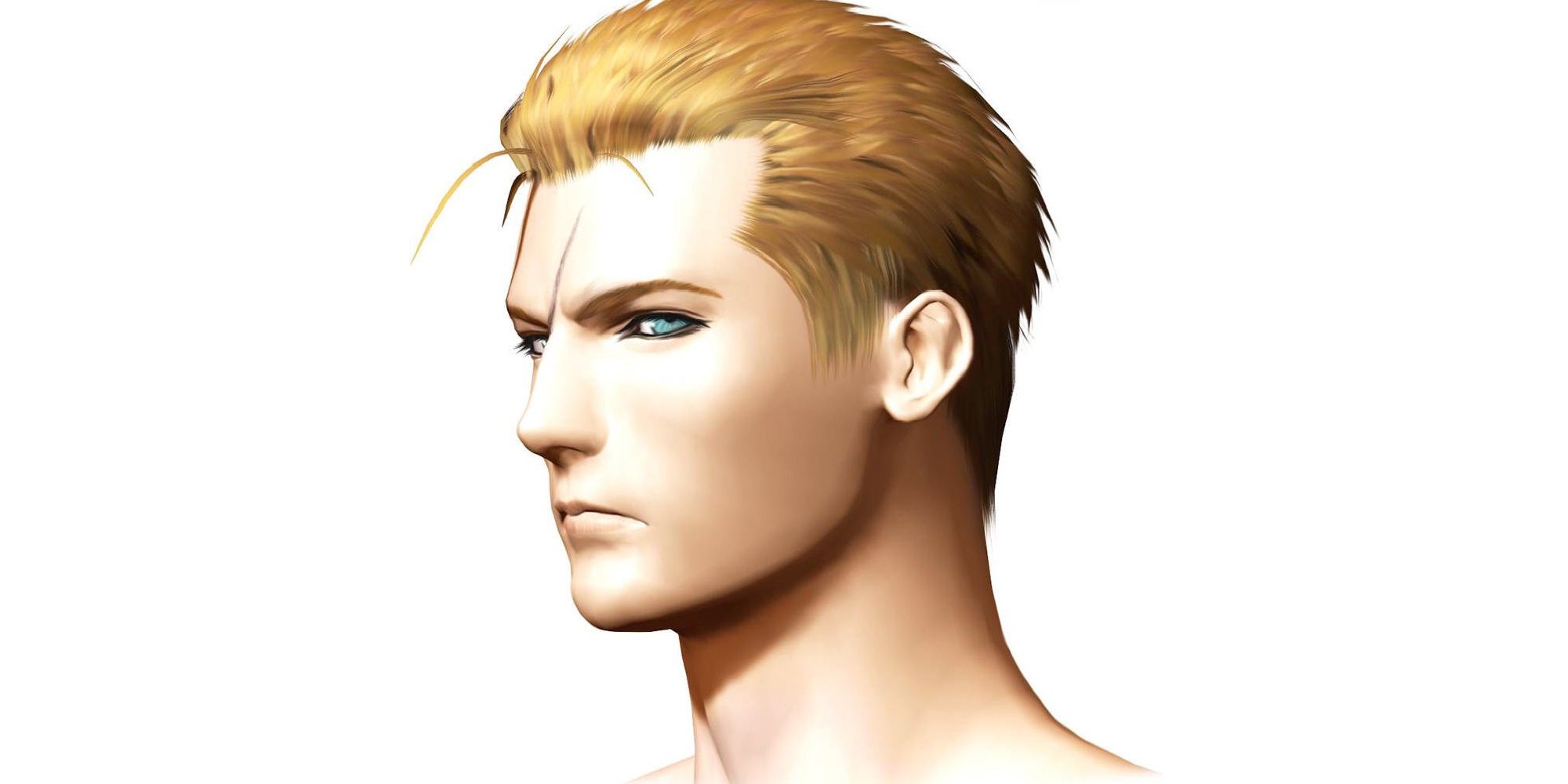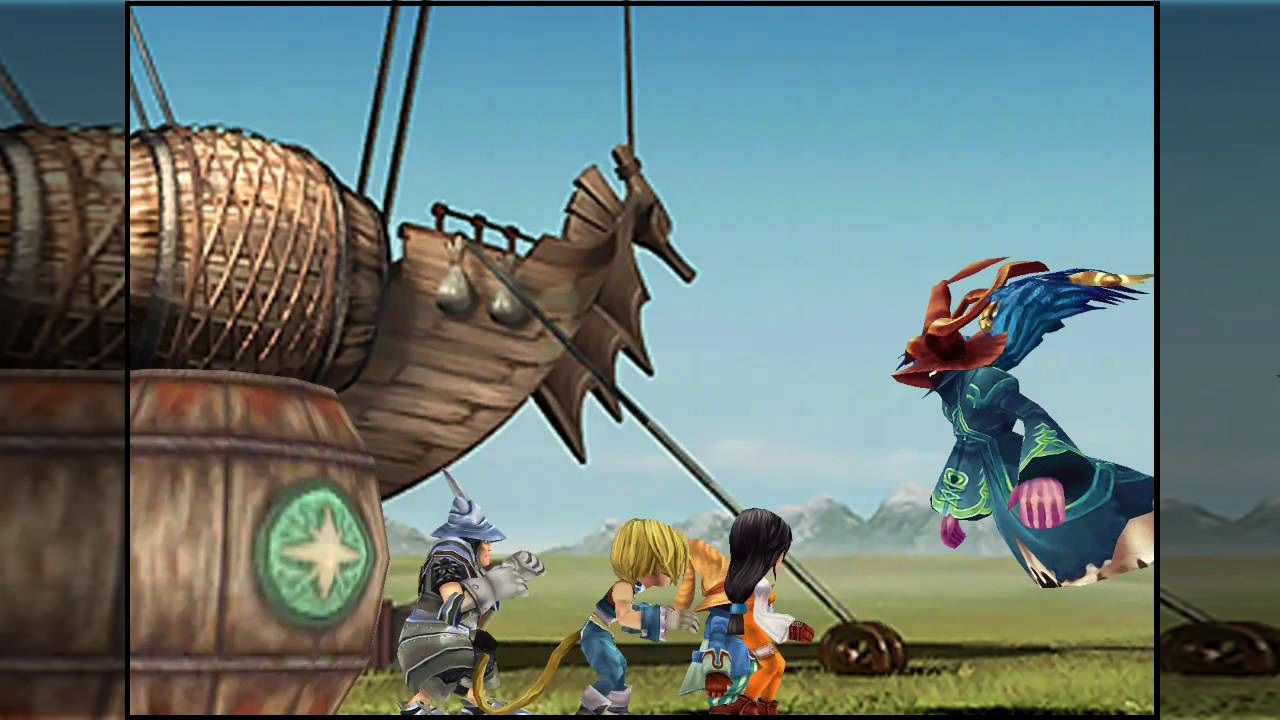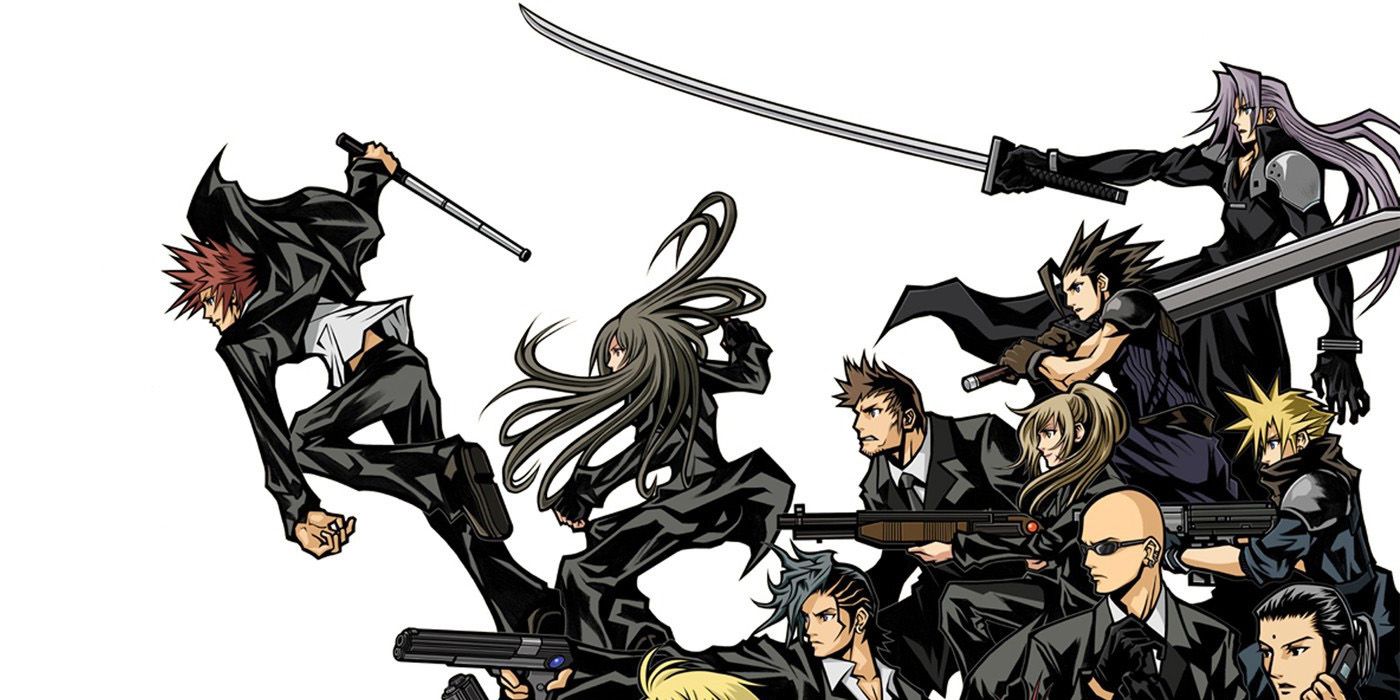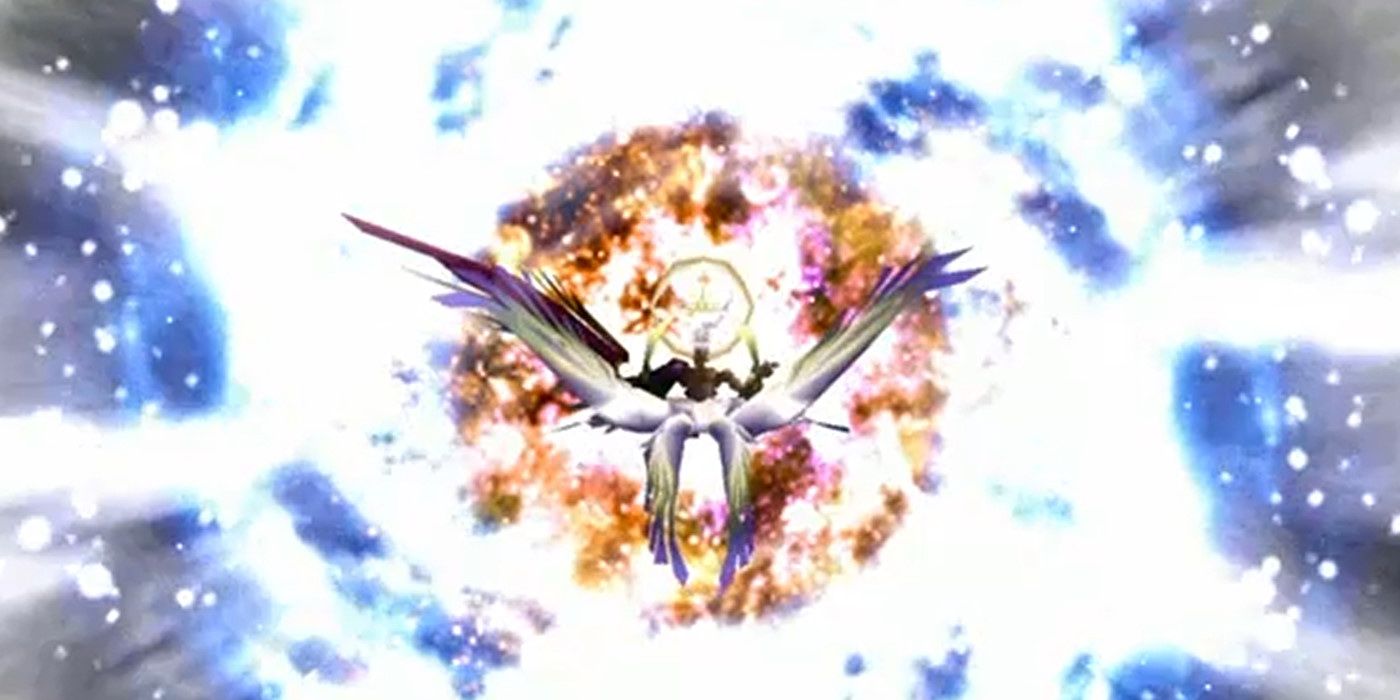The Final Fantasy series has produced some of the most iconic villains in video game history. Characters like Kefka, Kuja and Sephiroth will often top "best video game villains of all time" lists. There are a few reasons for this level of affection from fans. The extended length of most RPGs means that we tend to see more of the Final Fantasy villains than a lot of video game antagonists. They also tend to have creative designs, epic boss themes and a freaky looking transformation for their final encounter.
We are here today to look into the dark pasts of some of the most fearsome foes from the history of Final Fantasy. From the drug addiction storyline that never came to pass, to the truth behind one of the longest attacks in the series.
Here are 15 Things You Didn’t Know About Final Fantasy’s Villains!
15. Sephiroth The Addict
The story and characters of Final Fantasy VII went through numerous revisions during the development of the game. At one point, Final Fantasy VII was going to be a New York City detective drama, starring a private eye. Jenova was originally going to be the name of a part of the DNA within humans that allows them to control supernatural elements. Edea, from Final Fantasy VIII, was originally planned to appear in VII as a priestess of Jenova.
One character who underwent a lot of changes was Sephiroth. He was originally going to be Aerith's brother, and then her lover. It was also going to be revealed that Cloud was a creation of Sephiroth after the original died during the Nibelheim incident.
In the earliest plans for Final Fantasy VII, Sephiroth was going to have been evil and sadistic from the start. His supernatural abilities would have been awoken due to Mako exposure. The Mako would have affected his brain like a drug. Sephiroth would eventually start suffering from withdrawal syndromes, which would drive him further into madness.
14. The Curse Of The Emperor
Emperor Mateus from Final Fantasy II is one of the most frustrating villains in the series. His plans involved dying so that he could take over both Heaven and Hell. He was responsible for the deaths of many of the characters in the game, including the family of the four main protagonists. If all of that wasn't bad enough, Mateus also happened to be the most annoying character to fight in Dissidia Final Fantasy. His fighting style involved setting a selection of traps and using homing attacks to lure you into taking damage.
It seems that Emperor Mateus' asshole behaviour might be inherited, rather than learned. There was a novelization of Final Fantasy II released in Japan, called Final Fantasy II Muma no Meikyū. In this story, it is said that all of the Emperors of Palamecia are corrupted by demons. Mateus' father sold his own soul to Satan, in exchange for power. When Mateus came of age, he banished his mother from the kingdom. She spent the rest of her life in search of a way to free Mateus from his demonic heritage.
13. The Combined Zorn & Thorn
Zorn and Thorn are a pair of despicable jesters, who chase the cast of Final Fantasy IX throughout the early stages of the game. They are responsible for extracting the eidolons from Princess Garnet's body. This leads to the destruction of several cities, as powerful summoned monsters are unleashed upon the world.
According to Hironobu Sakaguchi, he had originally planned for Zorn and Thorn to start out as a single being. They were going to be an elderly wizard, named Zorn. His role in the story seems to have been similar, as he was one of the people manipulating Queen Brahne into going to war.
When you face Zorn and Thorn for the last time in Final Fantasy IX, they combine into one being. They do not transform into the old man from the original plans of the game. Zorn and Thorn turn into Meltigemini, a monstrous abomination which carries both of their skulls upon its head.
12. The Kefka Experiment
Kefka might be the most successful villain in the Final Fantasy series. He starts out as a cruel and sadistic servant of the Emperor Gestahl, who gives Kefka the freedom to commit atrocities in the name of war. At the halfway point of the game, Kefka overthrows the Emperor and becomes the god of magic. He effectively takes over the world, as there is no one left to stand in his way.
Final Fantasy VI never takes the time to explain what Kefka's deal is. What drove him crazy? How did he rise so far in the ranks of the Empire when he was so clearly unhinged?
The game does explain Kefka's backstory, though it is very easy to miss, as it is told by a single NPC. Kefka was actually the first soldier to undergo the process of becoming a Magitek Knight. Cid oversaw the procedure, but it had yet to be perfected. Kefka's mind was broken, but he gained the ability to use magic. An updated version of the procedure was later used on Celes Chere, who also developed the power to cast spells. This explains why a crazy clown and a woman of questionable loyalty rose so high in the Empire. Gestahl wanted to use their magical ability on the battlefield.
11. Ultimecia's Body Battle
The story of Final Fantasy VIII concludes with the main characters travelling to the future of their world. They must defeat the Sorceress Ultimecia before she can complete her plan of compressing time and space into a single point. The player must traverse Ultimecia's castle, and defeat the numerous boss monsters that guard her.
When the final battle against Ultimecia starts, she looks like a human woman wearing red robes. As the battle progresses, she takes on more monstrous forms. Ultimecia's final form mixes a bondage motif with a lot of purple appendages.
The most peculiar thing about the final battle against Ultimecia is that it takes place within her body. By extracting the character models from the game, the fans discovered that the space-filled final boss arena is part of Ultimecia. This is supposed to represent the fact that Ultimecia is absorbing all of existence into herself.
10. The Shuyin Retcon
Final Fantasy X had an unusual release schedule. American gamers had to wait six months for the English language version of the game to be released, while fans in Europe had to wait for almost a year before they could enjoy the game. The European version of the game included some new features in order to make up for the delay. These included a new Sphere Grid and lots of new post-game bosses to battle.
A new version of Final Fantasy X was released in Japan, which included the additions to the European version of the game. Final Fantasy X: International also included a new cutscene, called Final Fantasy X: Eternal Calm. In this scene, Yuna is shown a video of an imprisoned man, who greatly resembles Tidus.
When this video was first released, no plans for a sequel had been made. As such, the person in the video was intended to actually be Tidus. When the sequel was released, the Eternal Calm cutscene was changed, so that it was Shuyin who appears in the video. This meant that the character model was changed between the different versions of Eternal Calm.
9. The Death Of The Orphan
It is possible to kill several Final Fantasy end bosses through the use of glitches and exploits. Is Emperor Mateus giving you a hard time in Final Fantasy II? Just cast Wall on him, followed by the Toad spell. This will transform the ruler of Hell into a small amphibian. The Dark King of Final Fantasy Mystic Quest might seem like an imposing dude until you heal him to death by exploiting an Overflow issue in the game's code.
The final boss of Final Fantasy XIII is a giant wheel-shaped monster, called Orphan. Its appearance is supposed to invoke the Ophanim from the Bible. These were angels that resembled a burning wheel with an eye in their centre. While Orphan might seem imposing at first, it is actually really easy to kill. If you stagger Orphan's final form, you can kill it with a fully charged Death spell.
Orphan's easy death is actually an intentional reference to another Final Fantasy game. In The Final Fantasy Legend for the Game Boy, it was possible to kill the end boss in one move, by hitting it with a chainsaw.
8. Stop Hitting Yourself
The Elemental Archfiends of Final Fantasy IV have become some of the most popular villains in the series. They tend to appear in the Final Fantasy crossover games, even more so than the actual villains of Final Fantasy IV. Their popularity is helped by the fact that IV is one of the most popular entries in the series in Japan.
Rubicante is the leader of the Elemental Archfiends. Unlike his colleagues, Rubicante has his own twisted sense of honour. He will heal the party before they face him in battle so that the fight can be considered fair. As a fire-based monster, Rubicante has a severe weakness to ice magic. When he hides behind his cloak, however, all non-fire spells will heal him.
In later versions of Final Fantasy IV, a bug was introduced into the Rubicante battle that makes him a pushover. He is programmed to counter a summon spell by casting Blizzara onto himself. This will heal him when his cloak is up. Due to a programming error, however, he will cast the spell when the cloak is down. Rubicante will hit his own weak point for massive damage.
7. Skipping Neo Exdeath
The end bosses of the Final Fantasy series only grew more bizarre in appearance as time went on. Chaos from the original Final Fantasy looked like a regular design for a demon. The Emperor from II looked like a floating suit of armour. The Cloud of Darkness from III looked like a buxom woman surrounded by tentacles. Zeromus from IV looked like a giant insect covered in huge red boils.
Final Fantasy V has the most unusual looking final boss of them all. Neo Exdeath looks like a bunch of bizarre demons and scantily clad anime girls that have been glued together. If you don't want to see this boss battle, then you can skip it in the SNES version of the game through the use of a glitch.
When fighting Exdeath's first form (the tree in space), you can kill him by bouncing magic off of your Reflect spell. By killing Exdeath with reflected damage, the game will skip the final boss battle and go straight to the ending.
6. Don Corneo's Retirement
The Sector 6 slums in Midgar are home to some of the most controversial parts of the Final Fantasy series. There are locations like the Honeybee Inn, which is essentially a brothel staffed by Bee cosplayers. You can visit the Inn as part of a quest to find some sexy female underwear for Cloud. This is because he needs to dress like a woman, in order to infiltrate the home of Don Corneo. Once inside Corneo's mansion, it is obvious that a lot of screwed up stuff goes on there. One of the big questions about the Final Fantasy VII Remake is whether these locations will remain in the game untouched.
Don Corneo is a slovenly pervert, who double crosses Shinra and tries to steal all of the party's materia in Wutai. The last time we see Corneo is when he is thrown from the top of a giant statue, presumably to his death.
In the Final Fantasy VII spinoff novel, Final Fantasy VII Lateral Biography Turks -The Kids Are Alright, Don Corneo's fate is revealed. He survived the fall in Wutai, but he lost the use of his legs. Corneo returned to his mansion in the slums but has since moved into more legitimate business ventures. He agrees to supply the main character with fuel for his journey.
5. The Simplified Deathgaze Battle
Deathgaze is one of the most annoying bosses in the Final Fantasy series. It is a monster with the power of flight, that hides somewhere on the world map. The only way to trigger an encounter with the Deathgaze is to run into it with the airship. The most efficient way of finding it is to turn the airship so it is facing a slightly diagonal angle on the map. If you keep moving forward, then you will eventually hit the Deathgaze.
According to unused dialogue files within the game, the Deathgaze battle was intended to be a lot more complex. Originally, you needed to hit it with status element attacks. These would seal off Deathgaze's ability to counterattack with elemental spells. These aspects of the battle didn't make it into the final version of the game. You had to spend all day chasing him across the world instead.
While the Deathgaze battle in Final Fantasy VI might not be that impressive, its presence inspired the much more awesome chase sequence with Ultima Weapon in VII.
4. Seifer The Fanboy
Seifer is the rival of Final Fantasy VIII's main protagonist, Squall Leonhart. It doesn't take long for him to betray his homeland and join up with the Sorceress Edea. He offers to become her loyal knight and act as her second in command. Seifer continues to defy the main characters throughout the game.
In the Final Fantasy VIII Ultimania guide, Seifer's character motivations were revealed. As a youth, he saw a movie about a knight who protected a Sorceress from a dragon. He idolized the star of this movie and even copied his poses in battle. When an actual Sorceress shows up in the real world, he jumps at the chance to relive his childhood dream. This movie is the same one that you film while playing as Laguna, during the parts of the game where you experience his life. This means that Seifer has accidentally idolized Squall's father.
While this explains Seifer's character motivations, it still doesn't answer how the hell he could kill Odin in one hit.
3. Losing To The Black Waltz
There have been a few instances in the Final Fantasy series where it was possible to get a Game Over through means other than the whole party perishing in battle. Some timed missions, like escaping the reactor at the start of VII, or the battle against Vegnagun in X-2, will kill you if you take too long. If you let Sin build up its Overdrive meter during the airship battle in Final Fantasy X, then he will unleash a massive gravity attack that will blast your vessel into smithereens.
It is possible to lose in Final Fantasy IX while one of your party members is still alive. During the fight against the Black Waltz #2, it will not target Princess Garnet in battle. Should it manage to kill the other three party members, then it will cast the Hypnotise spell on Garnet, which will knock her out. The Black Waltz #2 will then kidnap Princess Garnet and return her to the clutches of the evil Queen Brahne.
2. The Lost Weapon
The Weapon monsters of Final Fantasy VII have become notorious among gamers, due to how difficult they are to defeat. Fans have spent almost two decades coming up with effective means of dealing with the Ruby and Emerald Weapon.
In Final Fantasy VII, there are five Weapon monsters in existence. The Sapphire weapon is destroyed by the Shinra army during a cutscene. The Diamond Weapon must be fought as part of the story. Ultima Weapon is an optional boss, that must be pursued across the world in an airship. The final two are the notoriously difficult bosses, Ruby and Emerald Weapon. A sixth Weapon, known as Omega, was introduced in Dirge of Cerberus: Final Fantasy VII.
There is a seventh Weapon monster in the Final Fantasy VII universe, known as the Jade Weapon. It appeared in the Japan-only cellphone game, Before Crisis -Final Fantasy VII-. It was the first of the Weapon monsters to wake up, in response to the threat of Zirconiade. The location of this monster actually depended on where you were in Japan whilst playing the game. If you were playing Before Crisis in Tokyo, then Jade Weapon would appear in Midgar. If you were playing in Kyoto, then it would appear in Wutai.
1. The True Supernova
The penultimate boss battle against Sephiroth in Final Fantasy VII is one of the most memorable in the series. The whole fight has a dreamlike quality to it. You battle Sephiroth in a location that resembles a twisted form of Heaven, even though you are underground. Sephiroth now resembles a horrific seven-winged angel, as he flaps up and down before you. The music that plays during this battle has become one of the most beloved songs in the series, due to how epic it is.
During the battle against Sephiroth, there is a chance that he will use an ability called "Supernova". This begins a two-minute long cutscene, where you witness a comet destroying most of the planets in the solar system, before hitting the party. This move is not intended to be taken literally, as Sephiroth can use it multiple times in battle (with all of the planets returning to their positions). The Supernova also cannot kill the party, due to the fact that it deals a percentage of damage.
So what exactly is Supernova? When Sephiroth uses it, the same sound that occurs when you use a summon plays. This led fans to believe that Supernova is a summon spell. The truth was revealed in Crisis Core -Final Fantasy VII- for the PlayStation Portable. According to a member of Sephiroth's fan club, the Supernova attack is actually his Limit Break.
This explanation makes sense, as several of the Limit Breaks in the game are not meant to be taken literally. Aerith's Great Gospel summons a bunch of angels from Heaven, while Barrett can hit enemies with a satellite laser, even if you are indoors. It makes sense for Sephiroth's Limit Break to be just as ridiculous as the ones used by the main cast.
---

